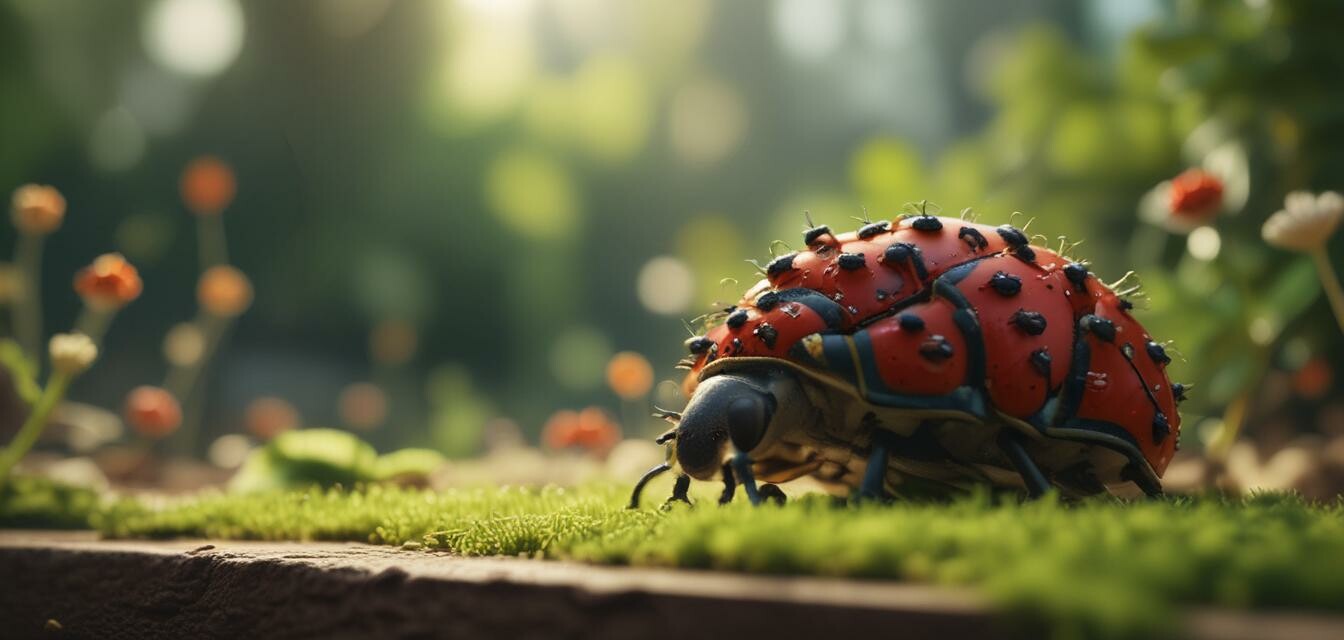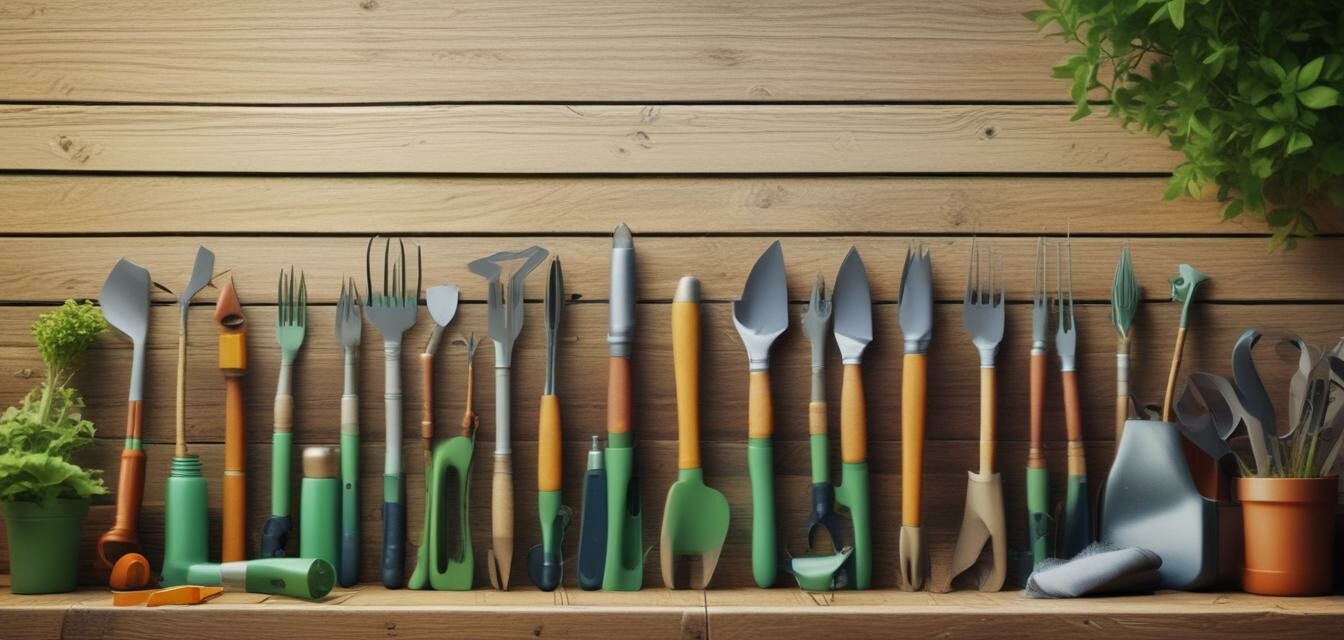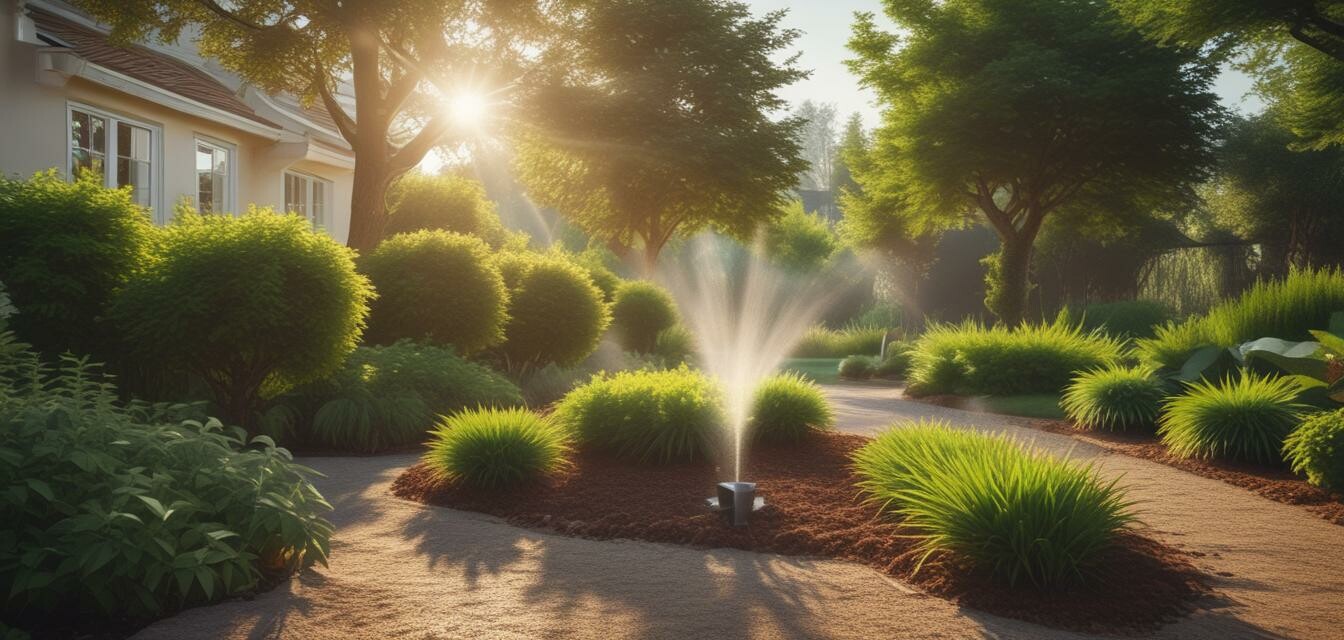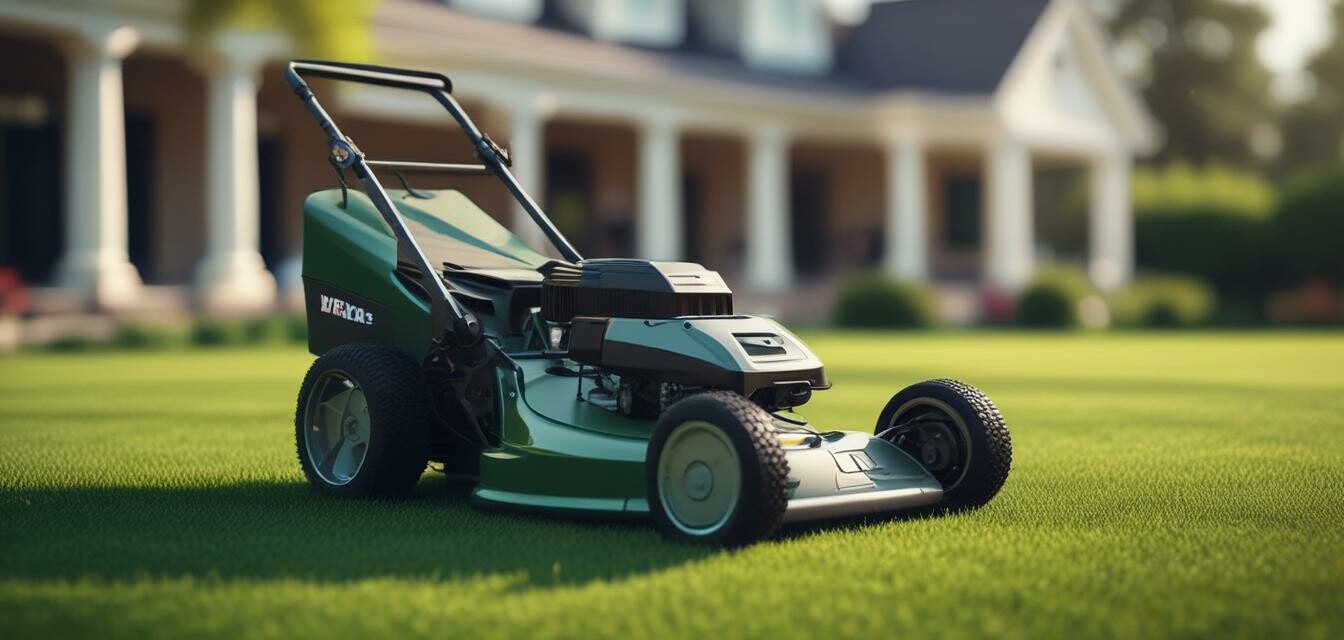
Pest and weed management
Key Takeaways
- Understanding pest and weed types is crucial for effective management.
- Many eco-friendly solutions are available to maintain a healthy garden.
- Integrated pest management combines multiple strategies for sustainable gardening.
- Regular monitoring and maintenance can prevent infestations and weed problems.
- Utilizing natural predators can significantly reduce pest populations.
Pest and weed management is essential for maintaining the health and beauty of your garden. Without the right approach, your outdoor space may be plagued by unwanted invaders that disrupt the ecosystem. In this article, we will explore effective solutions for managing pests and weeds while emphasizing environmentally friendly practices.
Understanding pests and weeds
Before delving into management strategies, it’s crucial to understand the types of pests and weeds that can invade your garden:
| Type | Description | Examples |
|---|---|---|
| Pests | Unwanted insects or animals that damage plants | Aphids, beetles, slugs |
| Weeds | Unwanted plants that compete with your garden plants for resources | Dandelions, crabgrass, chickweed |
Common garden pests
Here’s a closer look at some common garden pests and their damage:
- Aphids: Small sap-sucking insects that can lead to wilting and stunted growth.
- Beetles: Can chew through leaves and stems, resulting in significant plant damage.
- Slugs and Snails: Nocturnal feeders that eat tender leaves and can leave a messy trail.
Common garden weeds
Weeds can take over your garden if not managed properly. Here are some common types:
- Dandelions: Perennial weeds that can spread quickly and outcompete beneficial plants.
- Crabgrass: A nuisance weed that thrives in sunny areas and outgrows other plants.
- Chickweed: A fast-growing weed that can cover garden beds and prevent healthy growth.

Effective pest management strategies
Managing pests can be achieved through various methods, focusing on eco-friendly tactics:
Integrated Pest Management (IPM)
IPM is a holistic approach that combines different management techniques to control pests sustainably. Here are some key components:
- Monitoring: Regularly inspect your plants for signs of pests.
- Identification: Identify pests accurately to determine the best control methods.
- Control methods: Use a combination of physical, biological, and chemical controls.
| Control Method | Description | Pros | Cons |
|---|---|---|---|
| Physical | Barriers, traps, and hand removal | No chemicals, effective at low pest populations | Labor-intensive, may not work for all pests |
| Biological | Introducing natural predators | Eco-friendly, sustainable results | Requires careful monitoring, potential imbalance |
| Chemical | Insecticides and pesticides | Fast-acting, reliable for severe infestations | Can harm beneficial insects, possible resistance |
Natural and organic solutions
For those looking to avoid harsh chemicals, several natural and organic solutions can effectively tackle pests:
- Neem oil: Derived from the seeds of the neem tree, it disrupts the life cycle of insects.
- Diatomaceous earth: A fine powder that damages the exoskeletons of insects upon contact.
- Homemade sprays: Using soap or garlic-based sprays can deter many pests.

Weed management techniques
Weeds can quickly become a problem in any garden. Here are effective techniques for managing them:
Mulching
Applying a thick layer of mulch around plants helps suppress weed growth by preventing sunlight from reaching weed seeds.
Mechanical removal
Regularly pulling or hoeing weeds can keep them in check. Be sure to remove the entire root system to prevent regrowth.
Cover crops
Planting cover crops can help outcompete weeds, improve soil health, and add nutrients to your garden.
Preventive measures
Preventing pests and weeds is often easier than dealing with them once they become a problem. Here are some tips:
Beginners Section
- Keep garden beds tidy to minimize hiding spots for pests.
- Rotate crops annually to prevent pest populations from establishing.
- Encourage biodiversity by planting a variety of species.
- Keep plant health strong with regular watering and nutrient management.
Conclusion
Effective pest and weed management requires knowledge, strategy, and commitment to sustainable practices. By employing integrated pest management and utilizing natural solutions, you can maintain a vibrant and healthy garden without the need for harsh chemicals.
Pros
- Environmentally friendly approaches reduce chemical exposure.
- Integrated strategies can lead to long-term pest suppression.
- Natural solutions promote ecosystem balance.
Cons
- Some organic methods may be labor-intensive.
- Success can vary based on pest type and population.
- Requires ongoing monitoring for best results.
For more information on other gardening solutions, check out our categories for eco-friendly fertilizers, high-end garden tools, innovative irrigation systems, luxury planters, outdoor lighting solutions, and premium outdoor furniture.








